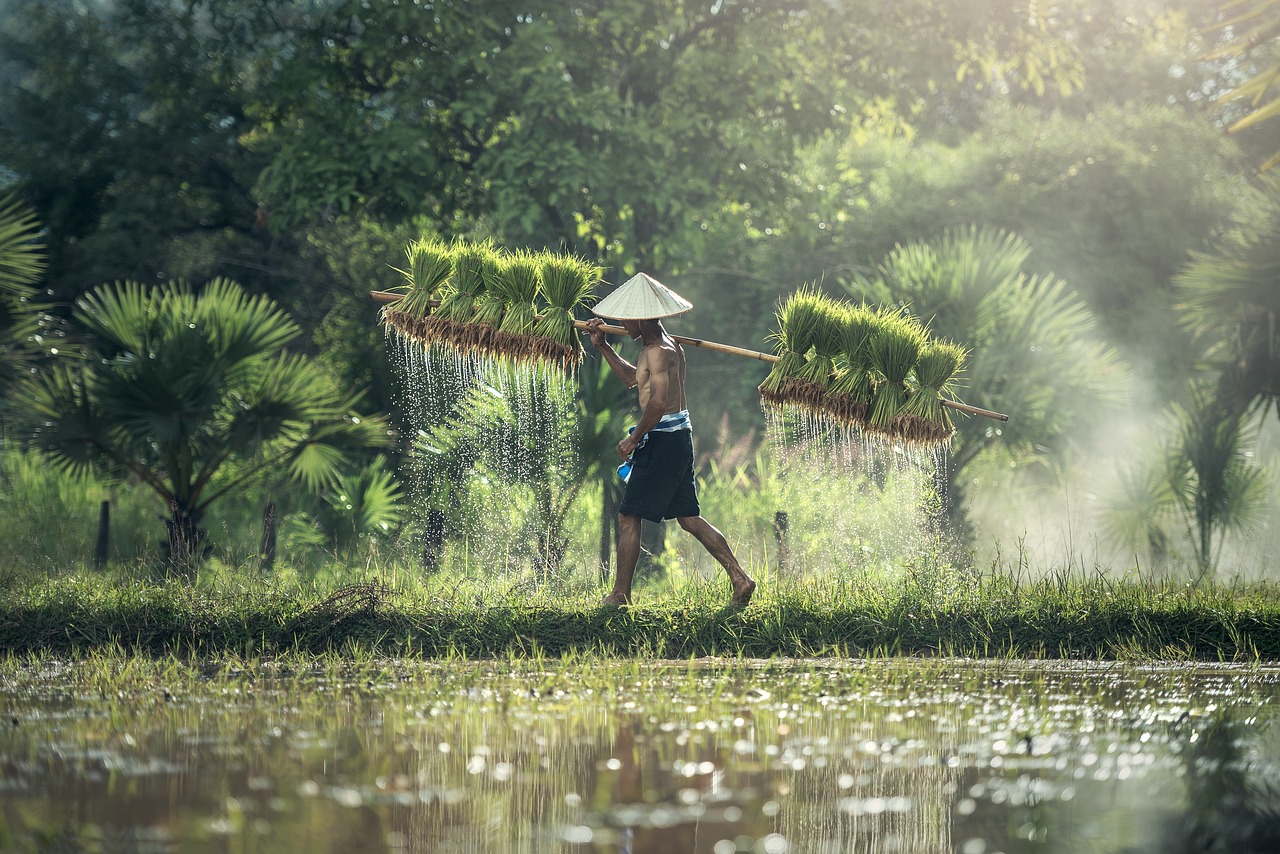
Agriculture and livestock, main sources of rural employment.
Rural population is that community settled outside urban areas. These towns are not in the cities but in the countryside , dedicating themselves to tasks mostly linked to the agricultural field. Agriculture , fishing and livestock are part of the main sources of rural employment .
The reality of rural communities , which abound in less developed and industrialized nations, is very different from that of the society that is concentrated in urban centers. In rural areas, population density has low rates and urban development is minimal. In them, people establish a strong contact with the environment and usually, although not in all cases, earn a living from the use of various natural resources.
In general, rural communities , where there are usually families with a lot of members, present several limitations. The infrastructure is basic, the State does not usually guarantee access to essential services for subsistence and a good quality of life in rural areas, economic income is low and, in this context, a lot of effort must be made to progress.
Characteristics of the rural population
The characteristics of the rural population encompass positive aspects but also multiple issues that threaten the well-being and advancement of those who live in rural areas.
In most cases, the employment they obtain corresponds to activities typical of the primary sector . Forestry , fishing , agriculture and livestock , for example, fall into this category. Climate change is wreaking havoc and its consequences, including increased temperatures and extreme phenomena such as dramatic floods and prolonged droughts , are enemies of rural prosperity.
Families that reside in the countryside are usually surrounded by a natural environment that is not usually exposed to considerable wear or deterioration. The daily rhythm of these residents, compared to the dizzying dynamics of large cities , is much more relaxed.
The cost of living in rural areas is usually low, as well as the quality of life (despite the tranquility that is felt in territories where nature reigns) is precarious because there is no, or insufficient, infrastructure.
Rural mobility is not optimal in much of the areas far from urban centers, nor are the prevailing sanitary conditions solid. There is a lot of work and effort to be done in the field of rural health , but the solidarity and effort of a few volunteers is not enough. It is essential to investigate scientifically, finance actions that contribute to the care of the physical and mental health of the inhabitants and take advantage of technology to minimize the obstacles that restrict or prevent someone from being evaluated, diagnosed and treated by a medical professional.
Economic activities in rural areas
Economic activities in rural areas are, as mentioned above, connected to nature . The soils and crops, worked and exploited within the framework of agriculture , allow the production of food and raw materials useful for the textile industry.
There is a wide range of modalities. Developing the task with ecological and social awareness seeking the least possible negative impact on the planet, without demanding extreme resources, to indicate a possibility, demonstrates the existence of sustainable agriculture . Diversifying the approach around typical practices of the sector and pursuing the objective of applying ecological processes in production systems in the agricultural universe, meanwhile, agroecology takes center stage. The purposes of this discipline? Achieve a methodology that, at a social level, is fair; in economic matters, efficient; and in relation to nature, sustainable.
The home supply of food extracted from the land, on the other hand, arises from so-called family farming . Sometimes, the products they generate are organic and do not undergo procedures that involve the application of chemicals.
Delving deeper into the varieties and styles of agricultural work, concepts such as intensive agriculture , extensive agriculture and precision agriculture also come to light.
Poultry farming (specialized in the breeding and care of different species of birds, some of which are commercially exploited), fishing , livestock farming and beekeeping (a name that identifies the activity of taking advantage of the natural processes of bees) These are other areas of work that are not foreign to rural men and women.

Climate change puts activities such as livestock and agriculture at risk.
Sustainable development in the rural population
Sustainable development in the rural population goes hand in hand, inevitably, with sources of decent employment and government policies that provide these communities with tools to survive, prosper and live with dignity.
The rural economy should not focus on subsistence agriculture that is very poor in terms of production, for example. Furthermore, it is very important to stimulate rural education and improve both roads and rural transportation services.

Rural residents usually work in contact with nature.
Taking care of the health of the community is another aspect that should be among the priorities of both those in power and those affected by the lack of basic services in rural areas . Basic sanitation that, in these territories, allows people to be supplied with water suitable for human consumption and guarantees adequate treatment of wastewater is enough to prevent residents from getting sick from ingesting contaminated water or suffering from pathologies associated with a poor hygiene.
Social changes and sustainable economic progress come to the rural population when there is a serious, solid and constant will to assist and accompany the entire community so that its members have access to decent housing, jobs and educational systems. The social panorama, both in the countryside and in the city, will become friendly, respectful and fair when labor exploitation , child labor and inequality , among other serious problems, are eradicated once and for all.
